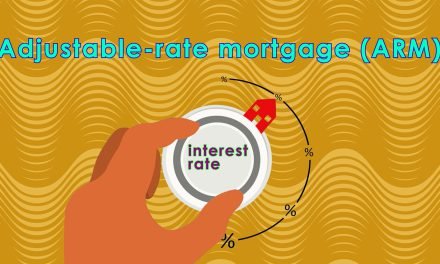As the London Inter-Bank Offered Rate (LIBOR) prepares to enter its final months of use, regulators are urging financial institutions to consider their transition plans.
The LIBOR is the benchmark rate of choice, used by lenders to set rates for various financial products. A common phrase in the financial world is “LIBOR plus x percent.” This includes adjustable rate mortgages (ARMs), which are often tied to the LIBOR.
However, since the LIBOR is not tied to actual transactions, it is more susceptible to being manipulated. The LIBOR came under fire in 2008 when it became known that bankers had been rigging the LIBOR to keep ARM rates artificially low to induce more borrowing, even when it was clear that the market was tanking.
Thus, the publishers of the LIBOR have decided to phase it out, and it’s currently set to expire at the end of 2021. When the LIBOR expires, institutions will need to find a new benchmark to set their rates.
The Federal Reserve (the Fed) recommends financial institutions use the Secured Overnight Financing Rate (SOFR) as a replacement. This rate was officially rolled out in 2018 and relies on completed transactions. However, it tends to be more volatile, a fact that makes users nervous.
But as use of the SOFR gradually gains steam, greater transaction volume has begun to smooth out the bumps, according to CoreLogic. Either way, the end of LIBOR is coming, and very few financial institutions are prepared.
Making the transition
The Federal Financial Institutions Examination Council (FFIEC) recently released a list of preparedness actions institutions large and small can take to prepare for the LIBOR transition.
To start, each institution needs to analyze the specific risks to which they will be exposed with the transition.
This includes analyzing:
- how many and which loans will be impacted by the LIBOR transition;
- which third-party service providers who currently use LIBOR will be impacted;
- the steps they will need to take for each affected loan type;
- which documents and disclosures will be needed for each impacted loan; and
- the timing of delivery of these disclosures.
In the case of consumer loans, consumers will need time to understand how the switch away from LIBOR will impact their payments.
Next, institutions need to compose a timeline for what needs to occur to ensure a smooth transition. For example, when will the actual switch to the SOFR occur for the institution? For this to happen, what is the timeline to modify the spreads and existing contracts? When will communication be delivered to consumers about the switch?
The time is now for financial institutions to begin planning the transition away from the LIBOR. Likewise, for other real estate professionals with clients taking out new loan products tied to the LIBOR, question the lender about how the change will impact your clients in the months ahead.














